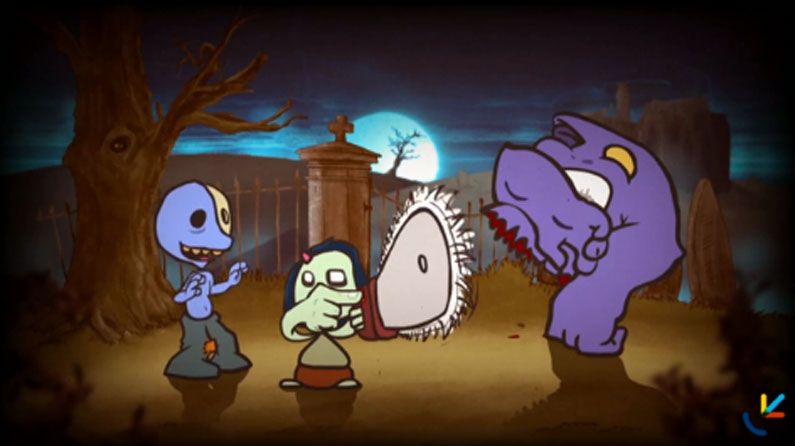



When capturing a keyframe, the following properties are captured: The keyframe transition properties describe how values are interpolated between keyframes, including duration, and use mathematical methods for different path experiences, such as a hop or fixed linear movement. You can rearrange keyframes, change the duration, and modify the transition experience between keyframes. The sequence of keyframes is used to organize the movements and what is displayed during playback. It defines the starting and ending points of your animation. KeyframesĪ keyframe stores the properties of the map and its layers. The Animation tab appears as well as the Animation Timeline pane to display keyframes as you create them. On the View tab, in the Animation group, click Add. If a map or scene has never had an animation, you must add an animation to access the Animation tab. Use the Animation tab to build an animation. You can duplicate an existing animation and then modify it to show the same information with different properties. A map or scene can contain multiple animations. Working with an animation is like working on the active animation for the map, your changes are stored with the map. You can share animations directly to websites such as YouTube or Twitter. When you are ready to share an animation, you export it to the appropriate video format and set the resolution and frame rate. You can also add details using overlay text, images, and shapes directly on an animation.
ANIMATIONS UPDATE
For example, you can update timing values for how fast or slow a duration is, change the position values of the camera, or insert a pause to showcase an area of interest. When you're done, you can edit the animation as needed.Īnimations can be modified interactively in a map or scene, or you can adjust animation properties by directly typing exact values. You can configure how the transitions are interpolated between each keyframe.
ANIMATIONS SERIES
You create animations by capturing a series of keyframes. strokeRect(x,y,w,h): for drawing a rectangle with borders that match the specified sizes, coordinates, and style.įor all the drawing options, see the W3Schools’ HTML Canvas Reference.Animations can help you tell a story with a map or a scene and then export it as a video to share.strokeStyle(color|pattern|gradient): for specifying a stroke style for your shape.fillRect(x,y,w,h): for drawing a rectangle according to the specified coordinates and fill style.fillStyle(color|pattern|gradient): for setting the fill style of your shape.Locate the element in your JS and create a drawing object with this code: let canvas = document.getElementById("m圜anvas") ĭraw your shapes with a method, such as one of the following: Set up a canvas by adding a element to your HTML document, for example: You can also incorporate images, video, or audio by importing the appropriate elements.

Recall that you can create shapes, which are JS elements, and control animations with CSS or through JS. To create animations with HTML5, you need shapes and a method for controlling the live actions.


 0 kommentar(er)
0 kommentar(er)
